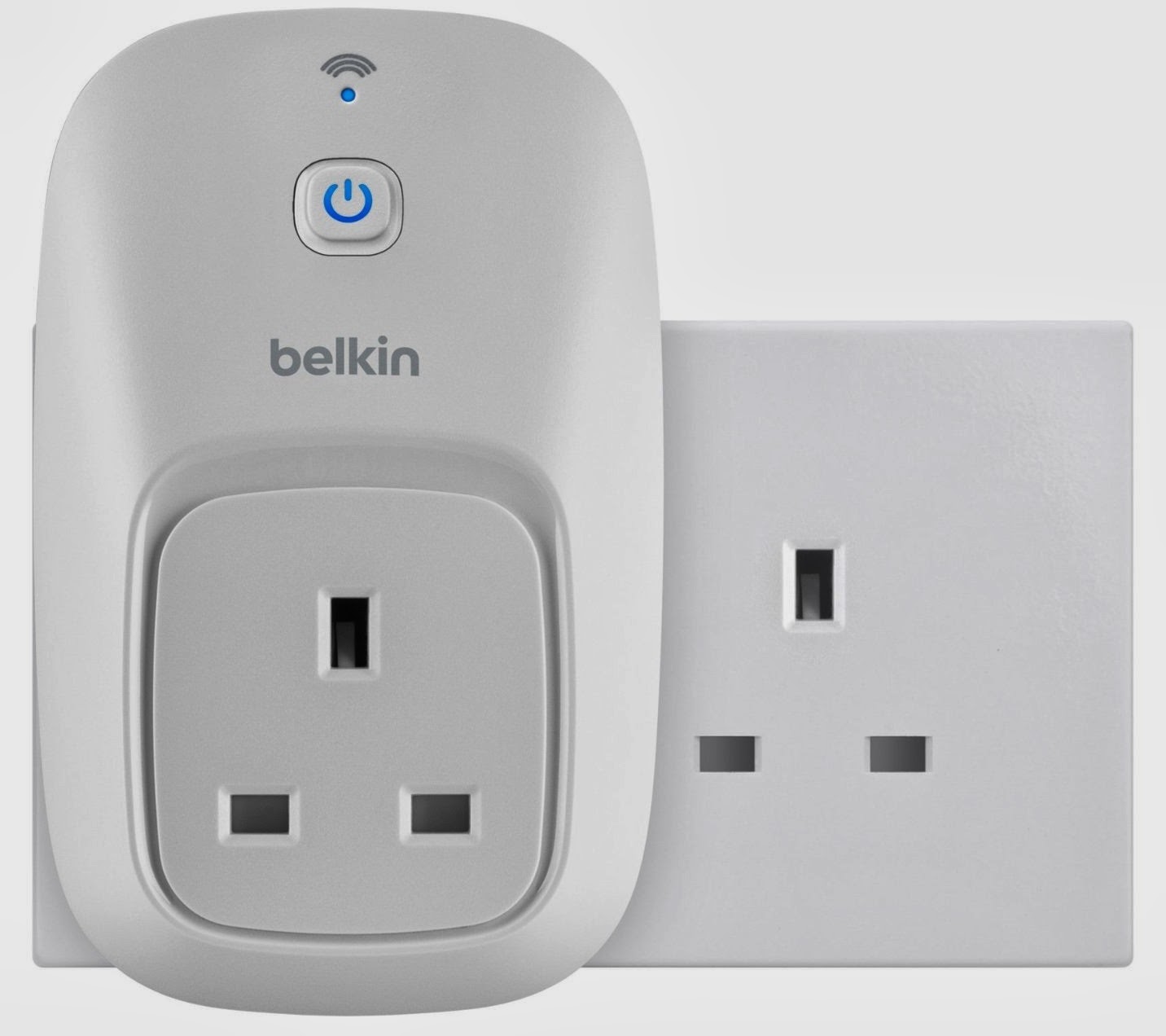Biofabrication is the artificial mass production of specific animal tissues in order to fulfill human needs without the necessity of breeding and fully growing an animal for slaughter. However, apart from the cruelty of butchering billions of animals worldwide to fulfill our daily needs, reproducing, growing and maintaining livestock will not be sustainable in the near future. Tatiana Mendez’s video highlights the unsustainability of the current model due to scarcity of resources including energy, water and land:
Thus, biofabrication is the viable solution. A single cell could feed the entire world; another one could dress us all. Pretty much every product that comes from animal tissues could be mass-produced in a brewing facility, and can even be enhanced. This TED Talk shows how a team of scientists devoted to this idea were successful in growing different types of leather:
As a dairy farm owner myself, this subject is of the utmost importance. Milk production is quite messy and resource intensive. Previously, I could only dream of a greener, more efficient world where we could be able to use 3D printing to create milk, diary products, or any type of food (not to mention guacamole). I believe it is only a matter of time until we fully grasp the gravity of the situation and subsequently allocate the proper funding to the development of this technology in order to fully achieve high quality and global scalability.




